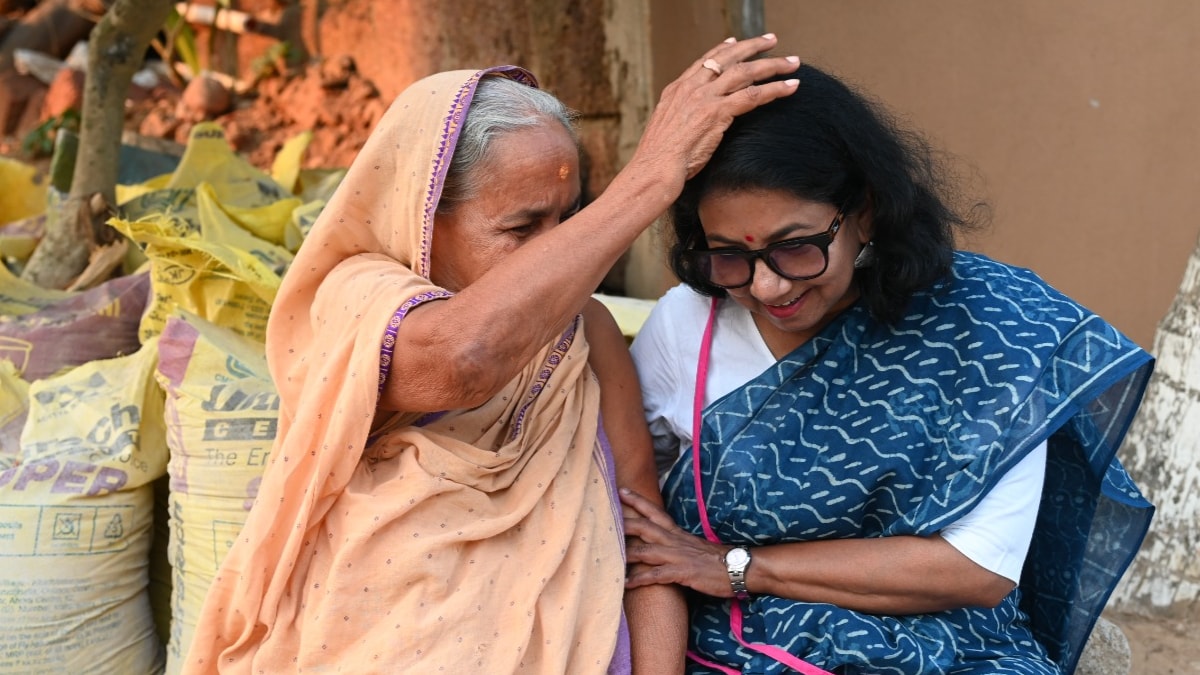A Toronto-based research team met with and surveyed some 10,000 Canadians about the state of the health-care system — and what they found is deep dissatisfaction and frustration with primary care as the country grapples with a severe shortage of family doctors.
The OurCare Initiative — led by Dr. Tara Kiran, a family doctor and scientist with the MAP Centre for Urban Health Solutions at Toronto’s St. Michael’s Hospital — conducted a national survey, assembled five “provincial priorities panels” and convened a series of community roundtables over the past 16 months. It just released a 72-page report describing its findings.
It’s one of the most comprehensive surveys ever conducted on Canadians’ views of the health system and it provides crucial data on the poor state of primary care access in a growing and aging country.
While Canadians are generally proud of a health system that delivers care based on need rather than the ability to pay, the OurCare researchers found many people believe the system has failed on its promise to deliver universal and high-quality health care in a timely manner.
“Despite the diversity of the voices that we heard from, it was clear there is so much people in Canada agreed on. They want everyone to have access to primary care,” Kiran told CBC News.
“Primary care is falling short. Far too many people don’t have access to what is the front door to the health-care system. We’re a country of have and have-nots.
“So many people have absolutely nothing — no access — and I think that’s shameful, actually.”
The report found evidence of what it calls an “attachment crisis” — an estimated 22 per cent of Canadian adults (about 6.5 million people) do not have a family doctor or nurse practitioner they can see regularly.
The problem appears to be getting worse. In a 2019 Statistics Canada survey, 14.5 per cent of Canadians aged 12 and over reported not having regular access to primary care.
The OurCare survey found access is particularly limited in Quebec, where 30.8 per cent of people report they don’t have a primary care provider.
In Atlantic Canada, meanwhile, 30.9 per cent of people surveyed said they have no family doctor or nurse practitioner.
The data also reveals a significant age disparity, with fewer young adults reporting regular access to a doctor.
About 35 per cent of Canadians aged 18 to 29 are without a primary care provider, according to OurCare.
Canada lags well behind other wealthy countries on access to primary care. In the United Kingdom, Norway, the Netherlands and Finland, more than 95 per cent of the population has a primary care clinician or place of care, according to data published in the Canadian Medical Association Journal.
Those countries guarantee access by automatically registering people to a physician or practice.
In Canada, meanwhile, many people spend years on waiting lists just to get access to a general practitioner. Many family medicine practices have simply closed their doors to new patients.
OurCare also found that many people who do have some sort of provider still struggle to access primary care in a way that best serves their needs.
Only 35 per cent of those surveyed said they could get a same-day or next-day appointment when they need care urgently, said the OurCare report.
Doctors’ office hours are limited, and relatively few people (36 per cent) reported access to a clinician on weekends or after 5 p.m. on weekdays.
That lack of access has consequences. The number of unscheduled emergency room visits jumped from about 14 million in 2021-22 to 15.1 million in 2022-23, according to Canadian Institute for Health Information (CIHI) data.
The OurCare report concludes that the best way to solve Canadians’ crisis of confidence in primary care is with a relatively straightforward, if elusive, fix: bring in more doctors and nurse practitioners.
“When people don’t have access to primary care, it fundamentally means people aren’t getting the care that they need,” Kiran said. “They’re not getting the preventative care. Chronic conditions aren’t being managed.”
Kiran said that in a system where family doctors play a crucial gatekeeping or “quarterback” role — treating patients, coordinating care and providing referrals to specialists — everyone should have some sort of relationship with a primary care clinician.
“If we don’t make meaningful change to primary care, we’re going to see people’s health deteriorate. That means their mental health, their physical health, their social well-being. And, ultimately, it’s going to mean people having a worse quality of life,” she said.
More doctors will lead to a healthier population, improved death rates and lower health care costs, the report concludes.
A CBC News analysis shows the number of medical residency spots in Canada has remained largely stagnant over the past decade despite population growth and millions of people going without a family doctor.
It’s that last point that may motivate some politicians to address primary care gaps with a greater sense of urgency, Kiran said.
Adding doctors costs more upfront but could save money in the long run through a greater focus on preventative medicine — treating conditions before they require more costly interventions like surgery.
The federal government’s latest health accord with the provinces — and a series of bilateral side deals — amount to a meaningful improvement but they don’t deliver all the country needs, Kiran said.
The federal government agreed last year to spend $46.2 billion more on health care than originally planned over the next ten years.
The government needs to spend tens of billions of dollars more than that to meaningful improve primary care, Kiran said, citing her research.
“Incremental improvement isn’t enough. Going from 77 per cent covered to 80 per cent or 85 — that won’t cut it,” she said.
“We actually have to design around full population coverage and that means actually looking at our health-care system differently. We need 10 times the investment that has been committed to realize that vision of high-quality primary care for everyone.”
The federal government is striking deals with provinces and pledging billions of dollars to help solve Canada’s family doctor shortage, but experts say it’s not enough to address the situation for millions of patients without a primary physician.
The report calls on governments to accelerate licensing of foreign-trained health-care professionals and train and recruit more people to work in primary care.
Dismantling some of the barriers foreign-trained physicians face would be an “immediate potential solution to the health human resource crisis,” Kiran said.
The system needs reinforcements urgently, the report said, because fewer graduating medical students are picking family medicine, a significant number of doctors are approaching retirement and more doctors are choosing to leave family practice after the trauma of the pandemic.
Those findings align with what CBC News has reported recently.
The number of medical residency spots has been stagnant for the last 10 years and family medicine enrolment has dropped dramatically, according to a CBC News analysis of medical school data.
While it’s hard to pinpoint just how many Canadian doctors are working abroad, there are thousands of them in countries like Australia, the U.K. and the U.S.
Many would-be Canadian doctors found that their only choice was to work abroad due to limited medical school and residency spots here at home.
Many of them would like to come back to Canada to work but can’t because of a tangle of red tape for credential recognition, doctors have told CBC News.
“Should we be more open to different kinds of health professionals providing primary care, different kinds of training? I think the answer is yes because some care is better than no care and some people are getting no care right now,” Kiran said.
Canada is losing out on hundreds of qualified Canadian doctors trained abroad who can’t practice because they find it difficult to get residencies here due to a combination of red tape and bias.
Kiran and her researchers are also suggesting an expansion of team-based primary care to increase access and reduce physician burnout, and a more robust virtual care regime.
Those recommendations and others — including a call to make medical records easily accessible to patients online — are part of the “OurCare Standard” the group wants provinces and Ottawa to adopt as part of a push to prop up a primary care system that’s on the ropes.



.jpg?crop=1.777xh:h;*,*&downsize=510px:*510w)






